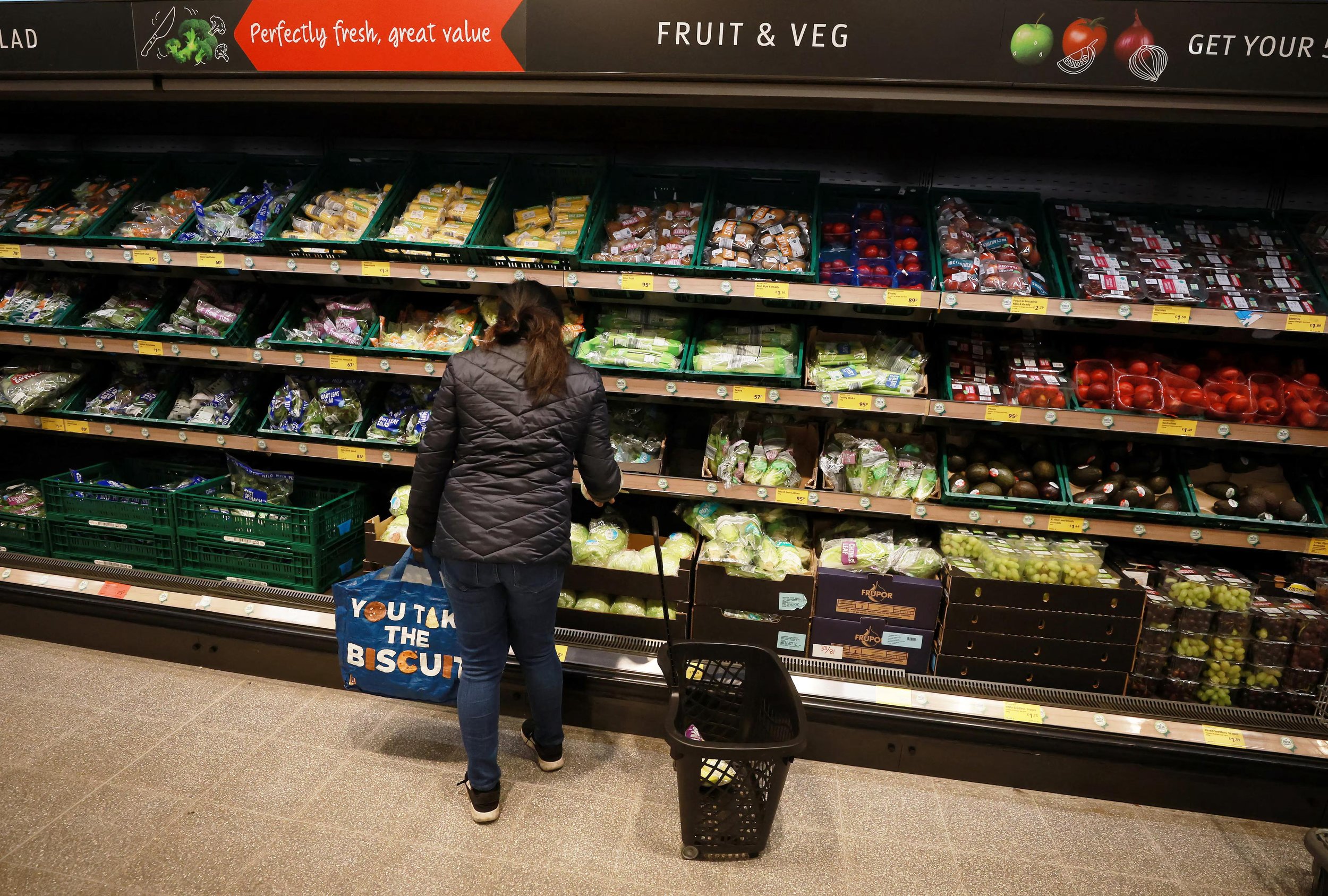Why are food prices rising and what can we do about it?
The issue of growing food costs is one that many individuals in the modern world deal with. Let’s examine the primary causes of price hikes and practical advice for cost optimization in order to comprehend why this is occurring and identify solutions to save.
Why do food prices keep going up?
Seasonality is a major contributing factor. For instance, because they are grown in greater quantities during the summer, strawberries are less expensive during that season. However, they are only accessible from greenhouses or warm nations throughout the winter, which greatly raises their price.
Another important factor is transportation. A lot of goods are shipped from other nations or areas where the environment permits their cultivation. The type of conveyance is what determines the cost. Compared to air freight, sea freight is less expensive but takes longer, which affects the final cost of the products. Furthermore, growing fuel prices have a direct impact on transportation costs, which raises the cost of food.
Inflation is another significant influence. The cost of manufacturing and sales is impacted by rising fuel, raw material, and service prices. Supply networks can also be disrupted by international events like pandemics, economic crises, or political wars, which can lead to shortages and price spikes. For instance, during the COVID-19 pandemic, the cost of several things, such cereals and canned goods, skyrocketed due to increased demand and logistical issues. Harvests are frequently impacted by weather and climate change. Certain products may become more expensive due to decreased output caused by droughts, floods, or frosts. The price of bread and pasta has increased recently as a result of major grain crop losses brought on by climate change in some areas.
Demand is a factor as well. For example, because of their limited supply and increased manufacturing costs, organic products and healthy lifestyles are becoming more and more expensive.
How can food expenses be saved?
1. Invest in seasonal goods. Because they are cultivated naturally, seasonal fruits and vegetables are more affordable and healthier. They also frequently have more nutrients and taste better.
2. Make a shopping plan. Before you visit the store, make a list of the things you’ll need. This will assist in preventing overspending and pointless purchases. To know exactly which ingredients you need, it is also a good idea to plan your meals for the coming week.
3. Seek out special offers and discounts. Discounts on specific items are frequently offered by several retailers. Watch for these sales and stock up on items you use often. Promotions on frozen meals, canned goods, or cereals, for example, might be a great way to save money.
4. Prevent food wastage. A lot of individuals purchase more than they can use, which causes spoiling. Plan your meals ahead of time and make an effort to use leftovers to avoid this. For instance, leftover veggies can be used to make casseroles, stews, or soups.
5. Prepare food at home. Cooking at home is less expensive than buying takeout or delivery. Additionally, you are fully aware of the ingredients in your food. To save time and money on weekdays, try cooking in bulk.
6. Purchase from nearby markets. Fresh and reasonably priced product from nearby producers is frequently available at farmers’ markets. Due to lower transportation and storage expenses, these products are frequently more affordable and of greater quality than those found in supermarkets.
7. Grow food on your own. Fresh herbs are always available and can be grown even in a little windowsill garden. Try growing fruits, vegetables, or berries on your land or in a garden. In addition to saving money, this will give you environmentally beneficial goods.
8. Products that are freezed. Purchase extra seasonal fruits, veggies, and greens to freeze for later use. You will be able to save money in the winter because frozen goods will be less expensive. Foods nutrients are also preserved by freezing.
9.Make use of leftovers. Think about reusing any food scraps you may have. For instance, old bread can be made into bread crumbs or croutons, and vegetable peels can be utilized to make broth. This method lowers food waste and saves money.
10. Prepare ahead of time Another approach to save is to prepare meals for multiple days. This enables you to prevent needless purchases and use the same ingredients for many recipes.
Seasonality, transportation, inflation, weather, and world events are some of the factors driving up food prices. However, you may drastically save costs by adhering to a few basic guidelines, such as planning meals, growing your own vegetables, reducing food waste, and purchasing seasonal goods. It is crucial to keep in mind that using food and buying sensibly promotes environmental sustainability in addition to cost savings. In the modern world, where every small action can have a significant impact on the environment and your money, this is extremely crucial.
Article written by Darya Bondareva | Proofread by Zhangir Zhangaskin
